Ever noticed how some travelers return from India transformed while others come back frustrated and exhausted? The difference isn’t luck – it’s a guide to planning India tour
Let me guess: you’re drowning in hundreds of “must-see” places, worried about logistics, and completely overwhelmed by contradicting advice from well-meaning friends who visited a decade ago.
Guide to planning India tour doesn’t have to feel like solving a Rubik’s cube blindfolded. This guide cuts through the noise with practical advice from seasoned India travelers who’ve made (and learned from) every mistake possible.
From the majestic Taj Mahal to hidden gems in Kerala’s backwaters, we’ll help you craft an itinerary that matches your travel style – not someone else’s highlight reel.
But first, let’s talk about the one planning mistake that ruins more India trips than anything else…
Best Time to Visit India’s Diverse Regions
India’s vast geographical diversity means weather patterns vary dramatically across regions. Planning your visit during the right season can make all the difference in your travel experience.
Northern India’s Golden Season (October-March)
The northern plains, including Delhi, Agra, and Rajasthan, shine brightest during the winter months. From October through March, temperatures remain pleasantly moderate (15-25°C), with clear skies perfect for sightseeing. December and January can get quite chilly, especially in hill stations like Shimla and Manali, where temperatures may drop below freezing. This period is ideal for exploring the Golden Triangle, witnessing the majestic Taj Mahal without the haze of summer, and experiencing Rajasthan’s vibrant desert culture in comfortable conditions.
Southern India’s Year-Round Appeal
South India enjoys more consistent weather patterns, making it a viable destination throughout the year. Kerala, Tamil Nadu, Karnataka, and Andhra Pradesh experience temperatures between 20-35°C year-round. December to February offers the most comfortable climate with lower humidity. Beach destinations like Goa and Kerala are particularly pleasant during this time, with sunshine and cool evening breezes. Even during monsoon months (June-September), many southern attractions remain accessible, though coastal activities may be limited.
Monsoon Magic: When and Where to Embrace the Rains
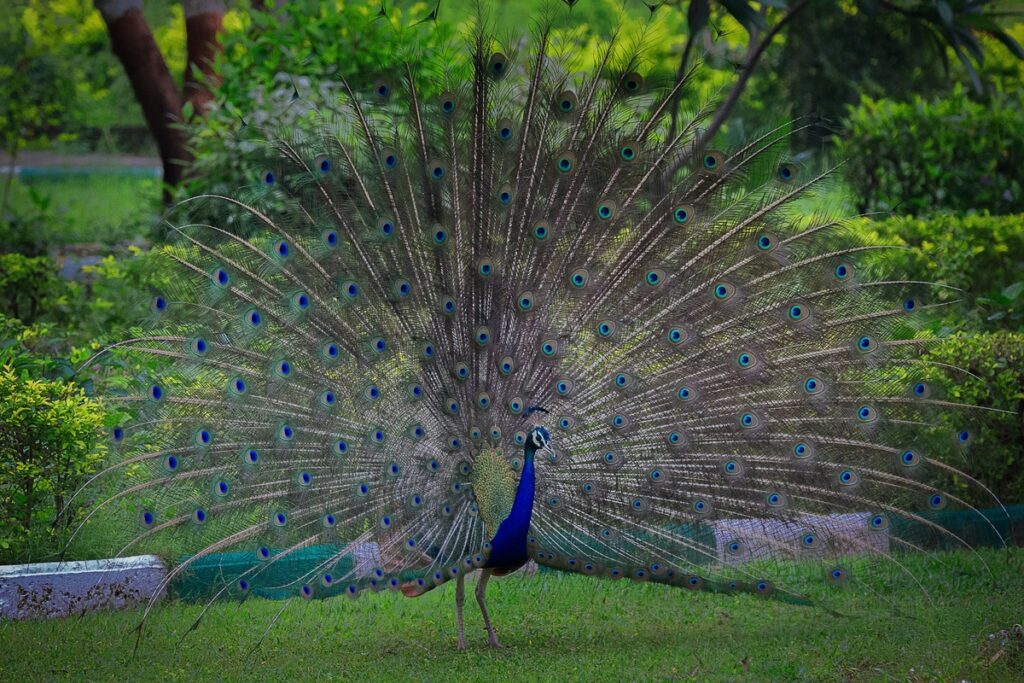
The monsoon transforms India between June and September, starting in the southwest and sweeping northeastward. While many travelers avoid this period, it offers unique advantages for the adventurous spirit. Kerala’s backwaters reach peak beauty during the rains, while hill stations like Munnar and Coorg become misty paradises. The Northeast states (Meghalaya, Assam) showcase dramatic waterfalls and lush greenery. For budget travelers, monsoon season offers significantly reduced accommodation rates and fewer crowds at major attractions.
Festival Calendar: Timing Your Visit for Cultural Celebrations
India’s calendar bursts with festivals year-round, offering extraordinary cultural immersion opportunities. January-February brings Pongal in Tamil Nadu and the colorful Desert Festival in Jaisalmer. March sees the jubilant Holi celebrations nationwide. August-September features Ganesh Chaturthi in Maharashtra and Onam in Kerala. October-November dazzles with Diwali, Durga Puja, and Pushkar Camel Fair. Aligning your travel with these celebrations provides authentic insights into India’s rich cultural tapestry, though popular festival periods require advance booking as accommodations fill quickly.
Must-Visit Destinations for Every Type of Traveler
India’s vast landscape offers something for everyone, from history buffs to nature enthusiasts. Whatever your travel style, you’ll find destinations that speak to your interests and create memories to last a lifetime.
Historical Wonders: From Taj Mahal to Ancient Caves
The Taj Mahal in Agra stands as India’s most iconic monument, a testament to eternal love built by Emperor Shah Jahan. While this white marble masterpiece deserves its fame, equally impressive are the intricate temples of Khajuraho, the imposing forts of Rajasthan (particularly Amber Fort in Jaipur and Mehrangarh in Jodhpur), and the ancient cave complexes of Ajanta and Ellora, showcasing remarkable Buddhist and Hindu art dating back to the 2nd century BCE.
Natural Paradises: Mountains, Beaches, and Wildlife Sanctuaries
Nature lovers can explore the snow-capped Himalayan ranges in Ladakh, Himachal Pradesh, and Uttarakhand, offering spectacular trekking opportunities. For beach enthusiasts, Goa’s golden shores provide relaxation, while Kerala’s tropical beaches offer a more serene atmosphere. Wildlife enthusiasts shouldn’t miss Ranthambore and Bandhavgarh National Parks for tiger spotting, or Jim Corbett National Park for its diverse ecosystem. The lush Western Ghats, a UNESCO World Heritage site, houses incredible biodiversity across multiple states.
Spiritual Journeys: Sacred Sites and Meditation Retreats
India’s spiritual heritage attracts seekers worldwide. Varanasi, one of the world’s oldest continuously inhabited cities, offers a profound experience along the Ganges River. Rishikesh, the “Yoga Capital of the World,” features numerous ashrams and meditation centers. The Golden Temple in Amritsar provides a glimpse into Sikh spirituality, while Bodh Gaya, where Buddha attained enlightenment, remains a significant Buddhist pilgrimage site. For those seeking deeper immersion, meditation retreats in Dharamshala or silent retreats in Karnataka offer transformative experiences.
Off-Beat Gems: Lesser-Known Destinations Worth Exploring
Beyond the tourist trail lie hidden treasures like Spiti Valley in Himachal Pradesh, with its moonlike landscape and ancient monasteries. The pristine beaches of Andaman Islands offer uncrowded paradise, while Majuli in Assam, the world’s largest river island, showcases unique culture and natural beauty. The colorful villages of Kutch in Gujarat present vibrant handicrafts and salt deserts, and Hampi’s ancient ruins in Karnataka tell stories of a magnificent bygone empire amid boulder-strewn landscapes.
Urban Adventures: India’s Vibrant Metropolitan Cities
India’s cities pulse with energy and contrasts. Delhi blends ancient monuments with colonial architecture and modern developments. Mumbai, the entertainment capital, offers cosmopolitan lifestyle, colonial heritage, and bustling markets. Kolkata charms with its intellectual legacy, colonial buildings, and artistic traditions. Bangalore presents a tech-forward face with pleasant weather and vibrant nightlife, while Hyderabad balances historic Islamic architecture with a booming tech sector, all while maintaining its famous culinary traditions.
Creating Your Perfect Itinerary
Planning your journey through India requires thoughtful consideration of the country’s vastness and diversity. A well-crafted itinerary ensures you experience the best India has to offer while maintaining a comfortable pace.
A. Classic Routes for First-Time Visitors
First-time visitors often benefit from following established routes that showcase India’s iconic landmarks:
- Golden Triangle (7-10 days): Delhi, Agra, and Jaipur form the classic introduction to India, featuring the Taj Mahal, Red Fort, Amber Fort, and vibrant bazaars.
- Rajasthan Circuit (10-14 days): Expand the Golden Triangle to include Udaipur, Jodhpur, and Jaisalmer for a deeper dive into royal heritage and desert landscapes.
- Kerala Backwaters and Beaches (7-10 days): Kochi, Alleppey, Kumarakom, and Kovalam offer a gentler introduction to India with colonial architecture, houseboat stays, and Ayurvedic treatments.
For a guides tour through Kerala, visit Kerala in 8 days.
B. Regional Deep Dives for Authentic Experiences
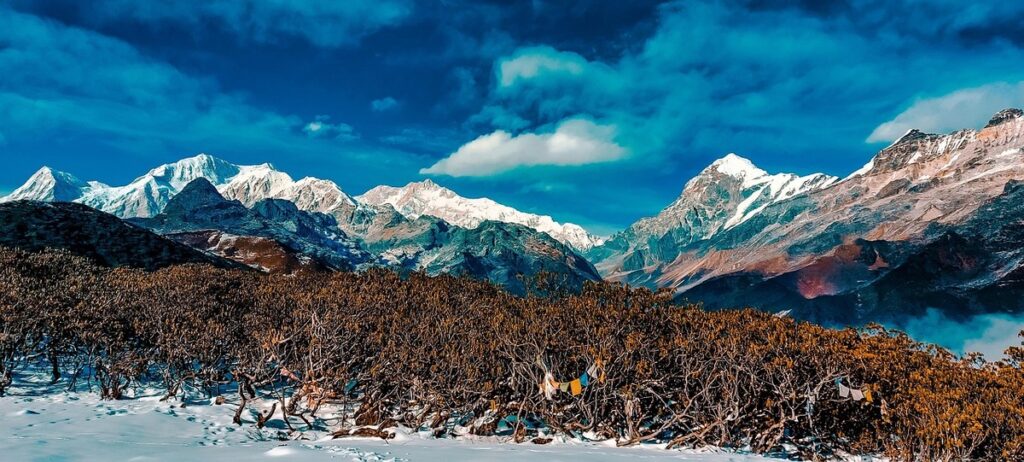
For travelers seeking deeper cultural immersion:
- Northeast Frontier (14+ days): Explore Assam, Meghalaya, and Nagaland to experience tribal cultures, pristine landscapes, and unique traditions rarely seen by tourists.
- Southern Temple Trail (10-14 days): Journey through Tamil Nadu and Karnataka to witness magnificent temple complexes in Madurai, Thanjavur, Hampi, and Belur.
- Himalayan Sojourn (10-14 days): Discover Himachal Pradesh or Uttarakhand with stays in hill stations like Shimla, Dharamshala, or Rishikesh, combining spiritual sites and mountain trekking.
C. Themed Journeys: Food, Architecture, or Adventure
Tailoring your itinerary around specific interests creates memorable experiences:
- Culinary Tour: Delhi’s street food, Lucknow’s kebabs, Hyderabad’s biryani, and Chennai’s dosas offer a gastronomic adventure through regional specialties.
- Architectural Wonders: From Islamic influences in Bijapur to Hindu temples in Khajuraho and colonial buildings in Mumbai, trace India’s architectural evolution.
- Adventure Circuit: Raft in Rishikesh, trek in Ladakh, cycle in Karnataka’s countryside, or safari in Ranthambore to satisfy your adrenaline cravings.
D. Balancing Active Days with Relaxation Time
Preventing travel fatigue is crucial for enjoying your India tour:
- Schedule a rest day after every 3-4 days of intensive sightseeing
- Allow buffer days between major destinations to account for transportation delays
- Include slower-paced activities like cooking classes, spa treatments, or guided meditation
- Consider staying at least 2-3 nights in each location to minimize constant repacking
- Factor in India’s sometimes challenging transportation conditions by not overcrowding your schedule
Remember that distances in India can be deceptive—a 200km journey might take 5+ hours. Building flexibility into your itinerary allows you to embrace spontaneous discoveries that often become trip highlights.
Transportation Options and Logistics
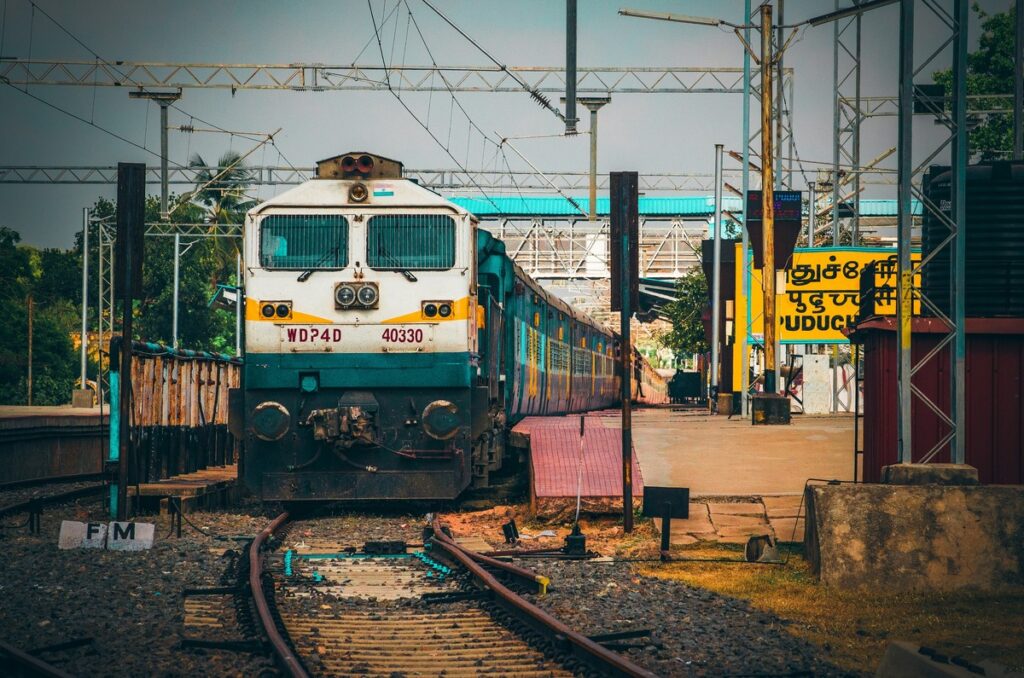
Getting around India requires careful planning due to the country’s vast size and varied terrain. Understanding your transportation options will help you maximize your time and enjoy a smoother journey.
For touring Bangalore by metro and avoiding traffic, check Bangalore by metro.
Navigating India’s Railway System Like a Pro
India boasts one of the world’s largest railway networks, connecting even remote destinations. To make the most of this extensive system:
- Book tickets through the official IRCTC website or app at least 1-2 months in advance for popular routes
- Consider higher classes (AC 2-tier or AC 3-tier) for overnight journeys for better comfort
- Use the tourist quota for last-minute bookings, available specifically for foreign travelers
- Download the NTES app to track train delays and platform changes in real-time
- Pack snacks, though meals can be ordered onboard or purchased from platform vendors
For iconic train journeys, the luxury trains like Palace on Wheels or Maharajas’ Express offer unforgettable experiences through Rajasthan and beyond.
Domestic Flights: When to Splurge on Air Travel
Flying makes sense when:
- Traveling between distant destinations (Delhi to Kerala, Mumbai to Northeast)
- Time is limited and you want to maximize experiences
- Visiting remote areas with poor railway connectivity
Budget airlines like IndiGo, SpiceJet, and Air India Express offer competitive fares, especially when booked 2-3 months ahead. The growing network of airports under the UDAN scheme has made even tier-2 cities accessible by air.
Road Trips and Private Drivers: Freedom vs. Convenience
Hiring a private car with driver offers flexibility and comfort:
- Ideal for exploring regions like Rajasthan’s Golden Triangle, Kerala’s backwaters, or Himachal Pradesh
- Drivers double as informal guides with local knowledge
- Expect to pay ₹2,500-4,500 per day including fuel (negotiate for multi-day packages)
- Confirm AC functionality, driver’s English proficiency, and vehicle condition before booking
Self-driving is possible but challenging for first-time visitors due to chaotic traffic patterns and different driving conventions.
For exploring India on a Royal Enfield Motorcycle, visit 5 senses motorcycle tours.
Public Transport Adventures for Budget Travelers
For the budget-conscious and adventurous:
- City metros in Delhi, Mumbai, Kolkata, and Bangalore offer clean, efficient transit
- Local buses reach areas trains don’t, though they can be crowded and rarely follow fixed schedules
- Auto-rickshaws and cycle rickshaws work well for short distances (always negotiate fares before boarding)
- Ride-hailing apps like Uber and Ola function in most major cities and offer predictable pricing
- Shared jeeps are common in hill stations and rural areas, providing affordable transportation on fixed routes
For seamless connections between different transportation modes, buffer extra time between transfers to account for the unpredictable nature of Indian traffic and schedules.
Accommodation Choices Across Budgets
India offers a remarkable range of accommodations to suit every preference and budget, reflecting the country’s diversity and rich cultural heritage.
Heritage Hotels and Palace Stays
Experience royal living in converted palaces and ancestral homes that provide a glimpse into India’s regal past. Rajasthan leads with iconic properties like Udaipur’s Taj Lake Palace and Jaipur’s Rambagh Palace, where you’ll enjoy ornate architecture, period furniture, and service fit for royalty. Many heritage hotels feature museum-quality artifacts and offer cultural performances, making them destinations in themselves.
Boutique Guesthouses and Homestays
For authentic cultural immersion, boutique guesthouses and homestays provide personal connections with locals. In Kerala’s backwaters, Goa’s Portuguese-influenced homes, and Himalayan villages, families welcome travelers into carefully curated spaces that blend comfort with cultural authenticity. These accommodations often include home-cooked meals and insider knowledge about hidden local attractions.
Luxury Resorts and Wellness Retreats
India excels in luxury hospitality with world-class resorts from international chains and homegrown brands like Oberoi, Taj, and Leela. Wellness seekers will find exceptional retreats in Rishikesh, Kerala, and Goa, offering traditional Ayurvedic treatments, yoga programs, and meditation facilities. Many luxury properties incorporate sustainable practices while providing impeccable service.
Budget-Friendly Options Without Sacrificing Comfort
Backpackers and budget travelers can find clean, comfortable accommodations across India. Modern hostel chains like Zostel and Backpacker Panda have revolutionized budget travel with social spaces, reliable Wi-Fi, and organized activities. Government-run tourism hotels offer predictable quality at reasonable prices, while newer budget hotel chains maintain consistent standards nationwide.
Unique Stays: Houseboats, Desert Camps, and Tree Houses
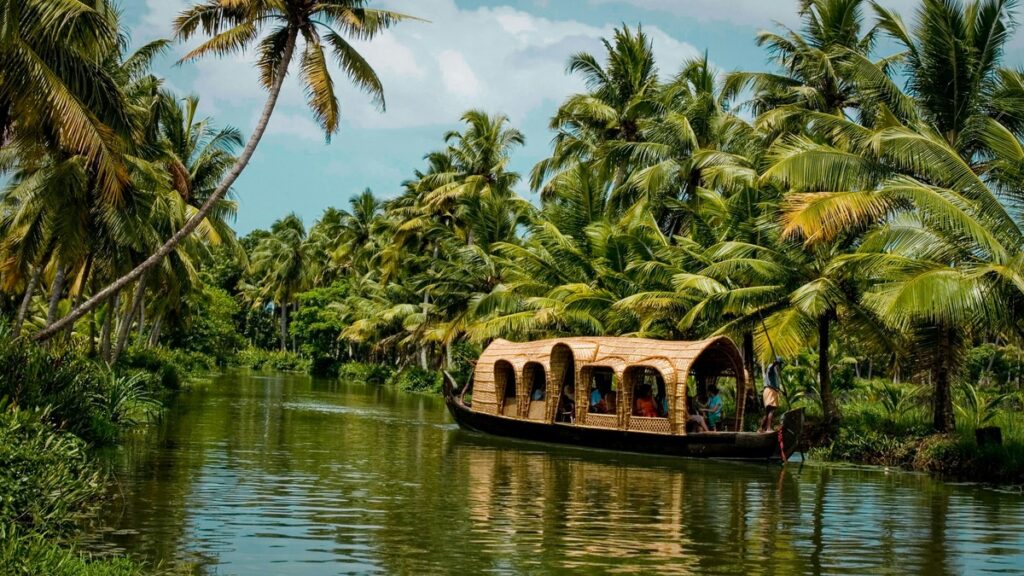
For unforgettable experiences, consider India’s distinctive accommodation options. Kerala’s houseboats (kettuvallams) cruise peaceful backwaters with private chefs and comfortable bedrooms. Rajasthan’s desert camps offer luxury tents with cultural performances under starlit skies. Adventure seekers can try treehouse stays in Kerala’s Wayanad or Karnataka’s Western Ghats, while Himachal Pradesh features cozy mountain cabins with spectacular views.
When booking accommodations, consider location, seasonality (prices fluctuate dramatically), and transportation accessibility. Advance reservations are essential during peak tourist seasons and festivals.
Cultural Etiquette and Practical Tips
Understanding India’s cultural nuances will enhance your travel experience and help you connect with locals in a respectful way. Here’s what you need to know about navigating this diverse country with confidence.
Dressing Appropriately for Different Settings
In India, modest dress is generally appreciated, especially in religious and rural areas:
- Temples and mosques: Cover shoulders, chest, and knees. Women should carry a scarf to cover their heads when needed.
- Metropolitan cities: Modern attire is acceptable, though extremely revealing clothes may attract unwanted attention.
- Rural areas: More conservative dress is recommended—loose-fitting pants or long skirts and shirts that cover shoulders.
- Beaches in Goa: While swimwear is acceptable on beaches, cover up when leaving beach areas.
Communication Basics and Language Essentials
While English is widely spoken in tourist areas and cities, learning a few basic phrases can go a long way:
- Greetings: “Namaste” (joined hands) is universally respected across India
- Basic Hindi phrases: “Dhanyavaad” (thank you), “Kitna hai?” (how much?), “Thik hai” (okay)
- Non-verbal communication: Head wobbling often indicates agreement or understanding
- Addressing elders: Add “ji” after names to show respect (e.g., “Ramji”)
Navigating Religious Sites Respectfully
India’s diverse religious heritage requires specific etiquette at sacred sites:
- Footwear: Remove shoes before entering temples, mosques, and many homes
- Photography: Always ask permission before photographing ceremonies or people praying
- Temples: Avoid touching idols and walk clockwise around shrines
- Mosques: Women should cover their heads; avoid visiting during prayer times
- Offering respect: A small donation (dakshina) is customary at many temples
Safe and Responsible Travel Practices
Staying safe while respecting local communities should be a priority:
- Bargaining: Expected in markets, but remain respectful and good-humored
- Public displays of affection: Keep them minimal, especially in conservative areas
- Water consumption: Stick to bottled or purified water and avoid ice in drinks
- Eating etiquette: In traditional settings, eat with your right hand only
- Tipping: 10% is standard at restaurants without service charge
- Photographing people: Always ask permission, especially with children
- Environmental responsibility: Carry reusable water bottles and avoid single-use plastics
Respecting these cultural norms will not only enrich your experience but also foster meaningful connections with locals during your India tour.
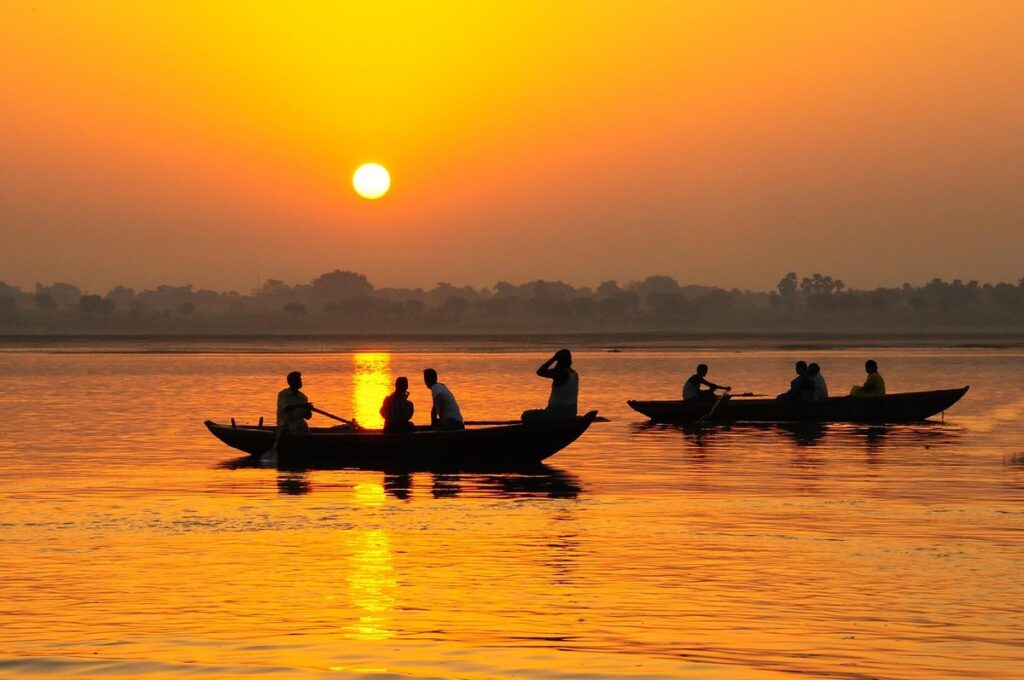
Food and Culinary Experiences
Indian cuisine is a vibrant tapestry of flavors that extends far beyond what most international visitors might expect. With its diverse regional specialties and cooking techniques developed over thousands of years, exploring India’s food scene is an adventure in itself.
Regional Cuisine Guide: Beyond Curry and Naan
India’s culinary landscape varies dramatically from north to south and east to west:
- North India: Known for rich, creamy dishes like butter chicken, dal makhani, and tandoori specialties. The use of dairy, wheat-based breads like naan and roti, and aromatic spices defines this region.
- South India: Features rice-based dishes, coconut-infused curries, and fermented batters for idli and dosa. The cuisine is generally lighter with tangy flavors from tamarind and distinctive use of curry leaves.
- East India: Showcases delicate fish preparations, mustard-based sauces, and sweets like rasgulla. Bengali cuisine particularly stands out with its perfect balance of sweet and savory elements.
- West India: Offers diverse flavors from Gujarat’s vegetarian thalis to Maharashtra’s spicy vada pav and Goa’s Portuguese-influenced vindaloo and seafood dishes.
Street Food Adventures: What to Try and Where
India’s street food scene provides some of the most authentic culinary experiences:
- Delhi: Sample chaat varieties like gol gappé (pani puri), aloo tikki, and the famous parathas of Paranthe Wali Gali in Old Delhi.
- Mumbai: Try vada pav (potato fritter in a bun), pav bhaji (vegetable curry with bread), and bhel puri along Chowpatty Beach.
- Kolkata: Don’t miss kathi rolls, phuchka (local pani puri), and jhal muri (puffed rice snack).
- Hyderabad: The biryani here is legendary, complemented by Irani chai and Osmania biscuits.
- Amritsar: Visit for the incomparable amritsari kulcha and fish tikka.
Dining Etiquette and Food Safety Tips
When enjoying Indian cuisine:
- Traditionally, many Indians eat with their right hand—though utensils are widely available.
- Sharing dishes is customary; don’t hesitate to try a “thali” for a sampling of multiple items.
- For food safety, stick to freshly cooked, hot foods and busy establishments with high turnover.
- Opt for bottled water and avoid uncooked vegetables and fruits unless you can peel them yourself.
- Carry anti-diarrheal medication as a precaution against “Delhi belly.”
Cooking Classes and Food Tours
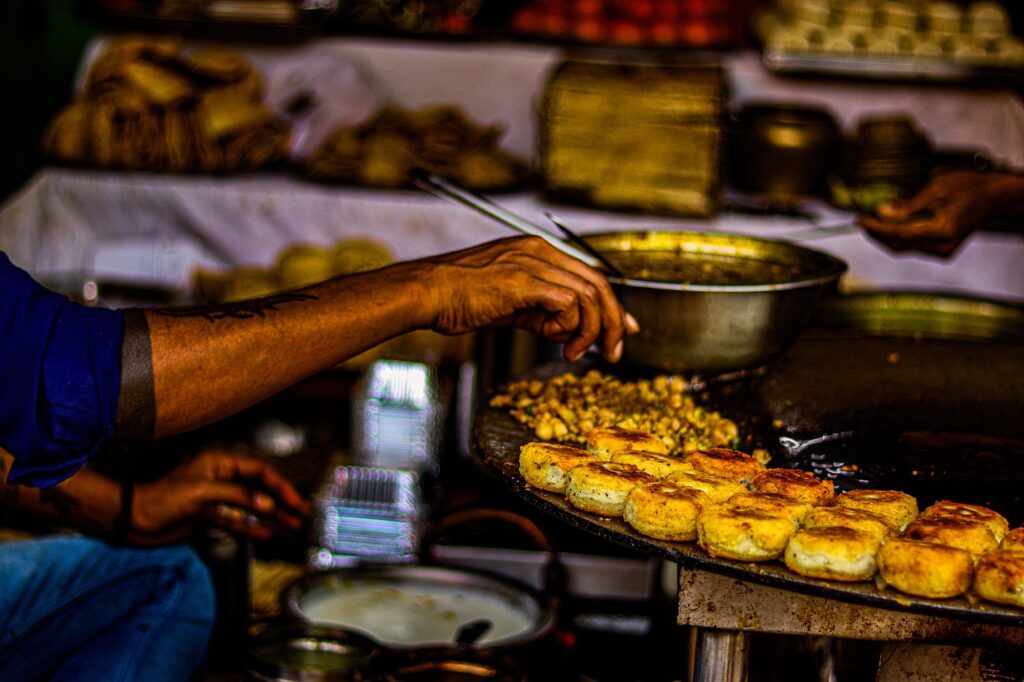
Deepen your understanding of Indian cuisine through immersive experiences:
- Cooking Classes: Available in most tourist destinations, particularly in Goa, Kerala, Rajasthan, and major cities. Many homestays and boutique hotels offer personalized cooking demonstrations.
- Food Tours: Join guided walks through Old Delhi, Mumbai’s Khau Galli, or Kolkata’s College Street for expert commentary on regional specialties.
- Market Visits: Accompany a local to spice markets like Khari Baoli in Delhi to learn about the essential ingredients of Indian cooking.
- Home Dining: Platforms like Traveling Spoon connect travelers with local families for authentic home-cooked meals and cultural exchange.
Exploring Indian cuisine is not just about satisfying hunger—it’s about understanding the cultural identity of this diverse nation through its flavors and food traditions.
Packing Essentials for Indian Travel
Preparing the right items for your India journey can make all the difference between a comfortable adventure and a challenging experience. The diverse landscapes and climates across India require thoughtful packing considerations.
Climate-Specific Clothing Recommendations
India’s weather varies dramatically by region and season:
- Northern India: Pack layers for winter months (November-February) when temperatures can drop significantly, especially in hill stations. Light cotton clothes for summer (April-June) when temperatures soar above 40°C.
- Southern India: Lightweight, breathable clothing year-round. Add a light jacket for evenings in winter months.
- Monsoon Regions: Quick-dry fabrics and a reliable raincoat/umbrella during the monsoon season (June-September).
- Conservative Attire: Modest clothing for religious sites (shoulders and knees covered). Women may want to bring scarves to cover their heads when visiting temples or mosques.
- Footwear: Comfortable walking shoes and sandals that can be easily removed when entering religious sites.
Health and Wellness Supplies
Maintaining health while traveling is paramount:
- First Aid Kit: Include basics like band-aids, antiseptic wipes, and pain relievers
- Prescription Medications: Bring sufficient supply with original prescriptions
- Stomach Remedies: Antidiarrheal medication, rehydration salts, and digestive aids
- Insect Repellent: High-DEET formulas for mosquito-prone areas
- Sunscreen: Minimum SPF 30, even in winter months
- Hand Sanitizer & Wet Wipes: Essential for maintaining hygiene throughout your journey
- Water Purification: Portable water purifier or purification tablets as backup options
Tech Gear and Adapters
Stay connected while capturing your incredible experiences:
- Universal Adapter: India uses Types C, D, and M electrical outlets (230V)
- Power Bank: For long travel days when charging options are limited
- Camera Equipment: Extra memory cards and batteries
- Mobile Phone: Consider purchasing a local SIM card for affordable data
- Offline Maps: Download maps of your destinations before arrival
- Portable Wi-Fi: Option for reliable internet if traveling to remote areas
Documents and Financial Preparations
Proper documentation ensures smooth travel:
- Passport & Visa: Keep both physical and digital copies
- Travel Insurance: Policy details with emergency contact information
- Vaccination Records: Particularly International Certificate of Vaccination if required
- Currency Strategy: Carry some Indian Rupees, a primary credit card, and a backup card
- Emergency Contacts: Embassy information and local emergency numbers
- Travel Itinerary: Physical copies of hotel bookings and transportation tickets
- Student/Senior ID: For potential discounts at attractions
For a plan on travelling India on a budget, visit India on a shoe string budget.
Organizing these items thoughtfully before your departure will allow you to focus on immersing yourself in India’s rich cultural experiences rather than worrying about necessities.
Planning your dream India tour requires thoughtful preparation, but the rewards are immeasurable. From selecting the right season for each region to crafting a personalized itinerary that balances iconic sites with hidden gems, every aspect of your journey deserves attention. Understanding transportation options, accommodation choices, and cultural etiquette will ensure a smooth experience, while embracing India’s culinary diversity and packing appropriately will enhance your adventure.
As you embark on your Indian journey, remember that flexibility and an open mind are your greatest assets. This vast, vibrant country will surprise you at every turn with its contrasts, colors, and warmth. Whether you’re drawn to spiritual experiences in Varanasi, beach relaxation in Goa, or wildlife encounters in national parks, India offers endless possibilities. Start planning today, and prepare for a transformative travel experience that will leave you with memories to cherish for a lifetime.
Discover more from Great Holiday Ideas
Subscribe to get the latest posts sent to your email.